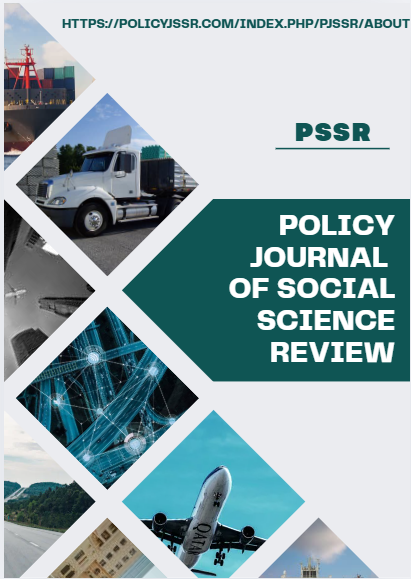HISTORY OF PUNJAB: A CRITICAL REVIEW OF THE HISTORICAL MANUSCRIPT OF THE NINETEENTH CENTURY
Abstract
The 19th century was a historically significant era marked by various ups and downs. In the first half of this century, Punjab was ruled by Maharaja Ranjit Singh, while British political dominance had been firmly established in the rest of the Indian subcontinent. Against this backdrop, notable social, cultural, linguistic, and literary changes also emerged. The historical manuscripts of this period not only reflect the political, religious, and social conditions of the time but also provide insight into the intellectual and scholarly standards of that era. Manuscriptology is a fundamental requirement for research and editing. Through manuscriptology, the history of a particular era can be preserved in the form of books and manuscripts. Tarikh-e-Punjab is one such rare and valuable historical manuscript written in the 19th century. This manuscript offers crucial information about the history of Punjab, especially the period of Maharaja Ranjit Singh, which further enhances its significance.In Tarikh-e-Punjab, the cultural, social, political, and civilizational conditions of that time are vividly portrayed. Although most historical books and manuscripts of that era were written in Persian—the official language of the time—Punjabi was the spoken language of the people in Punjab. A study of the books and manuscripts from that period reveals deep mutual influences between these two languages. Tarikh-e-Punjab also contains numerous Punjabi words, reflecting this linguistic interaction. This research paper aims not only to highlight the cultural, political, and historical aspects of Punjab but also to analyze and bring to light the importance of significant manuscripts like Tarikh-e-Punjab, which represent our historical consciousness, regional identity, and intellectual heritage.
Keywords: Punjab, Pakistan, Ranjit Singh, Tarikh-e-Punjab, Punjabi Customs And Traditions, Intellectual Heritage





